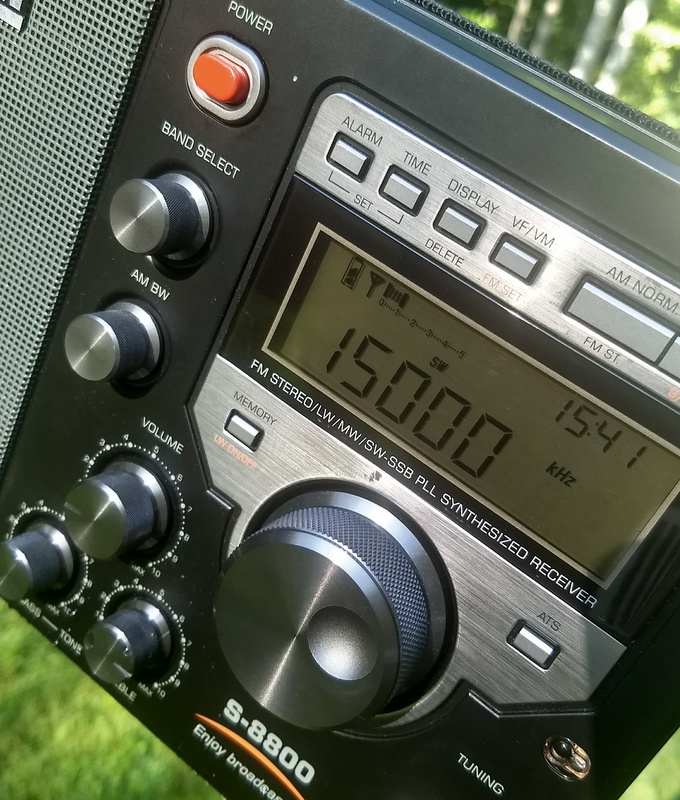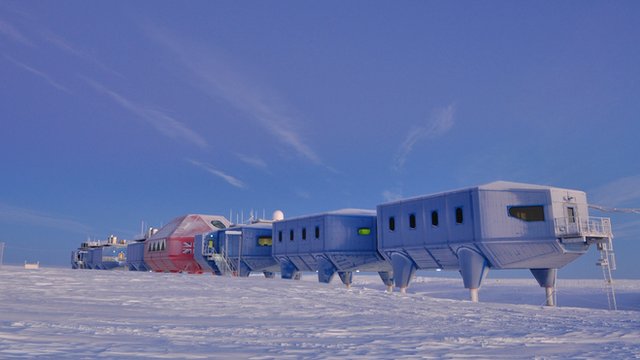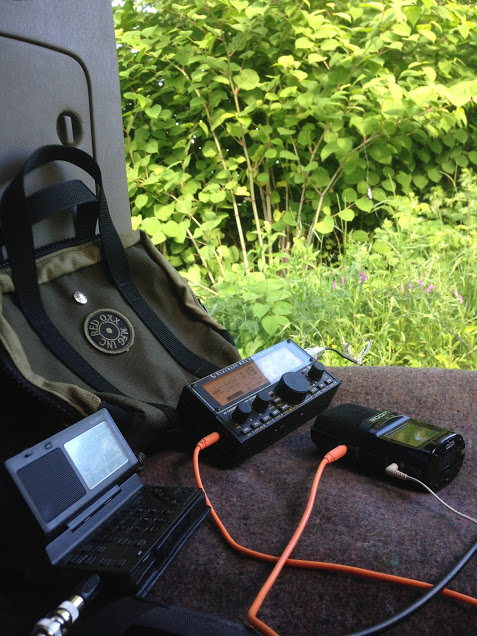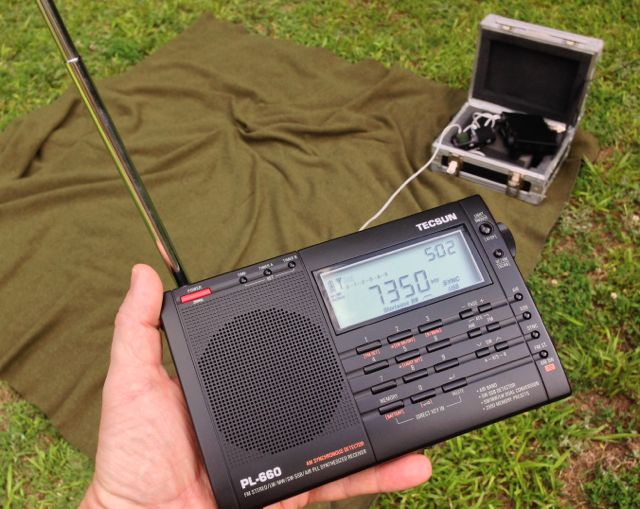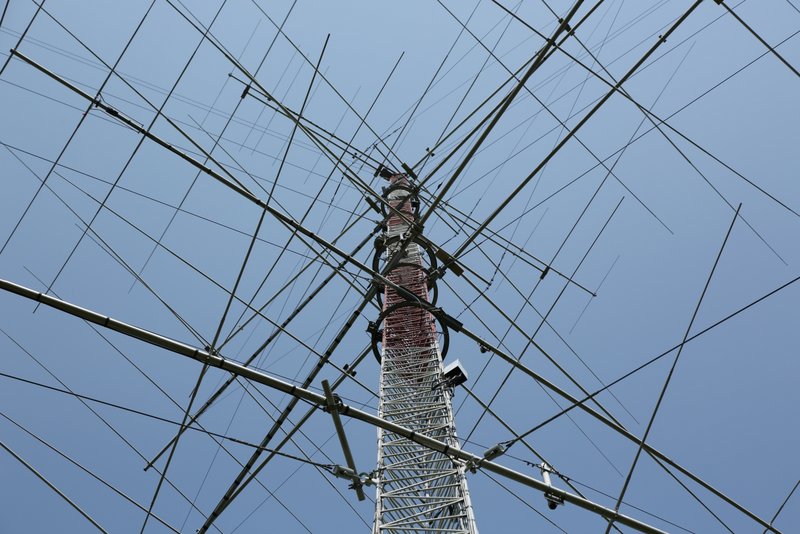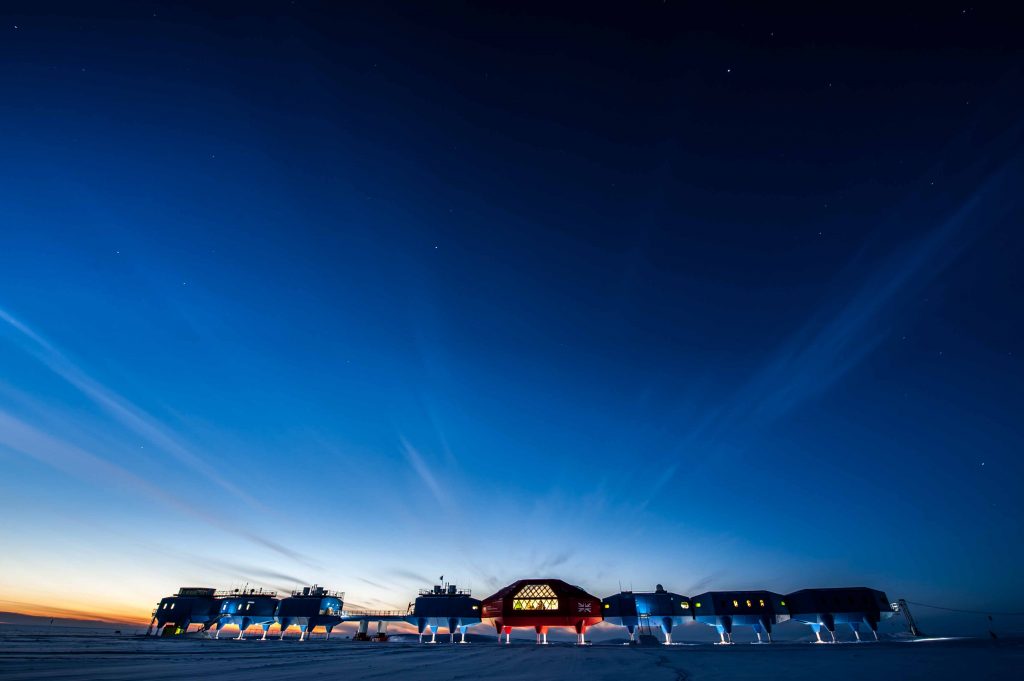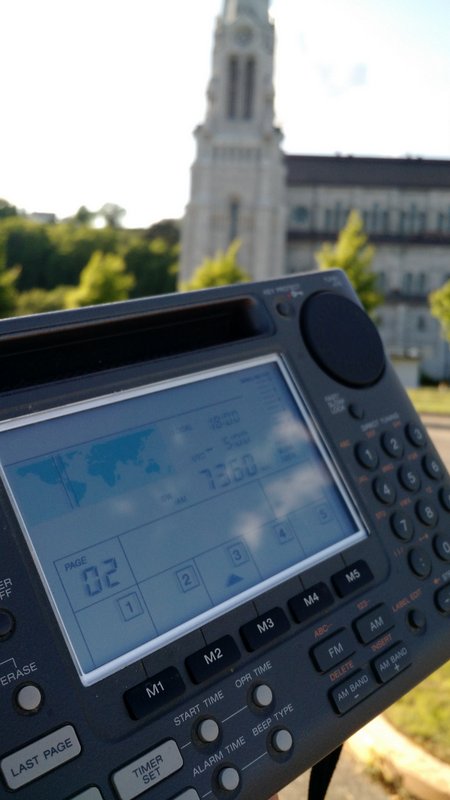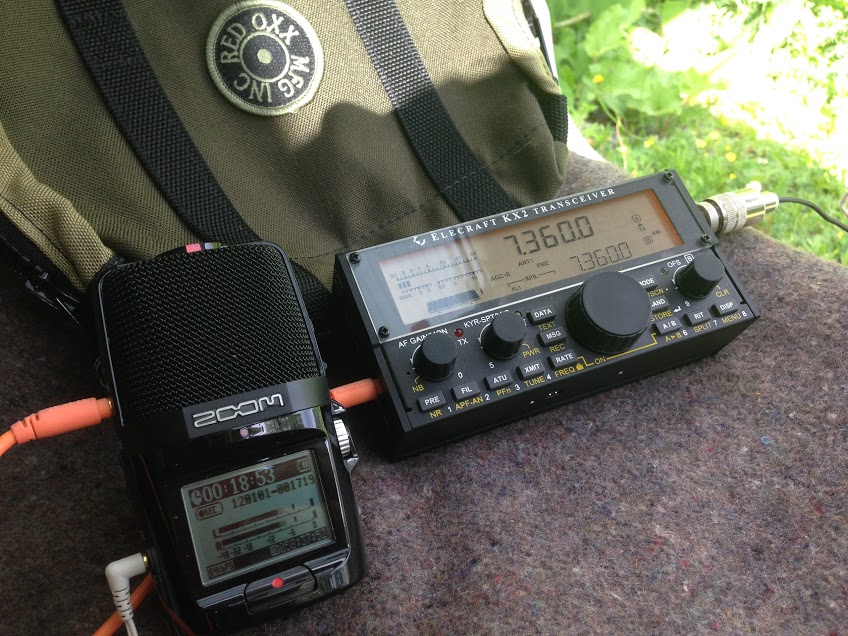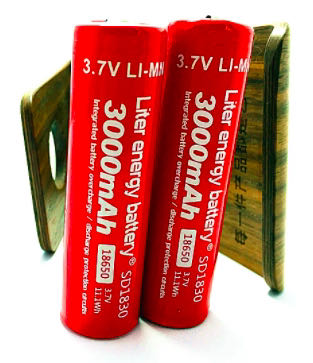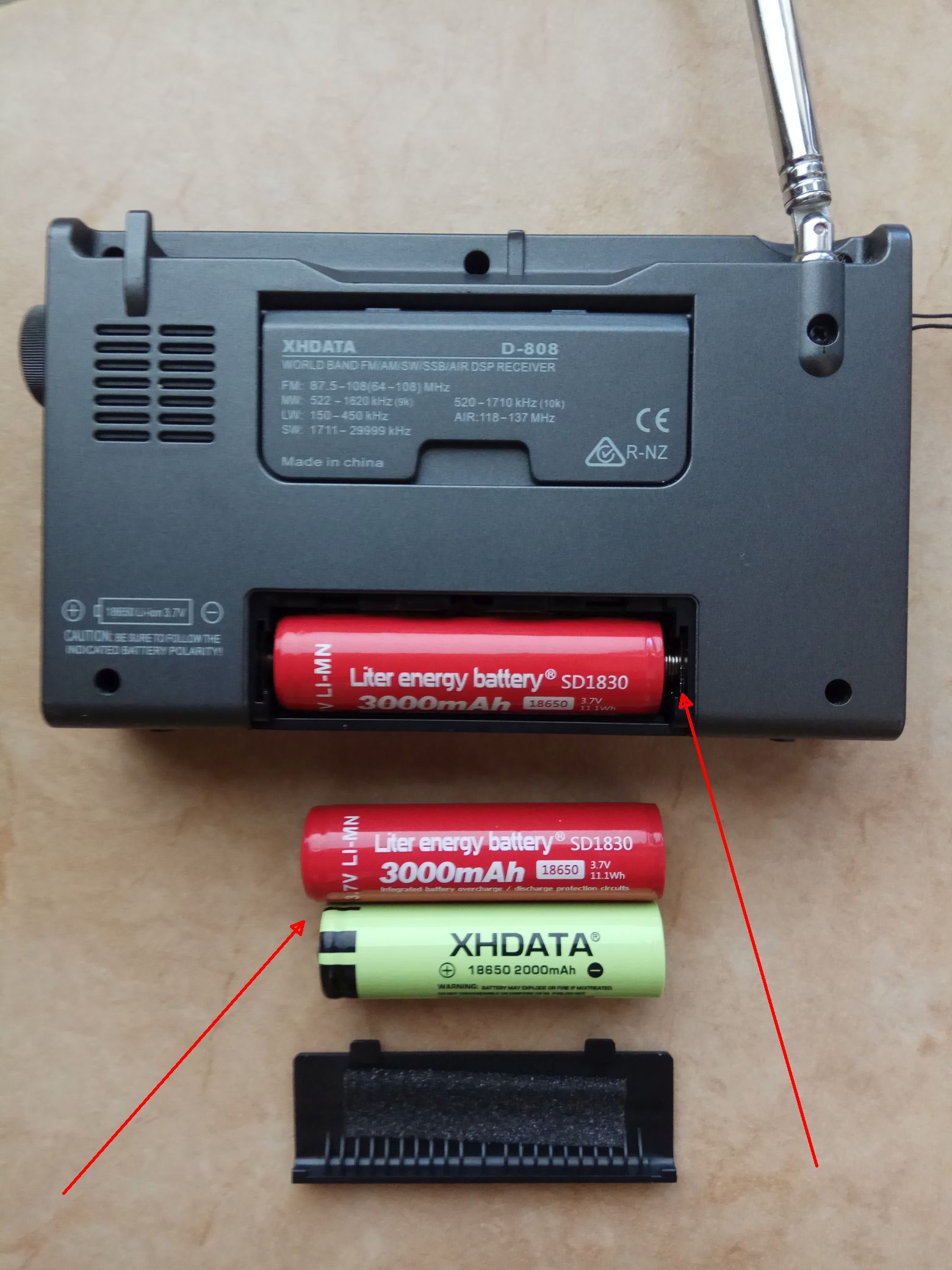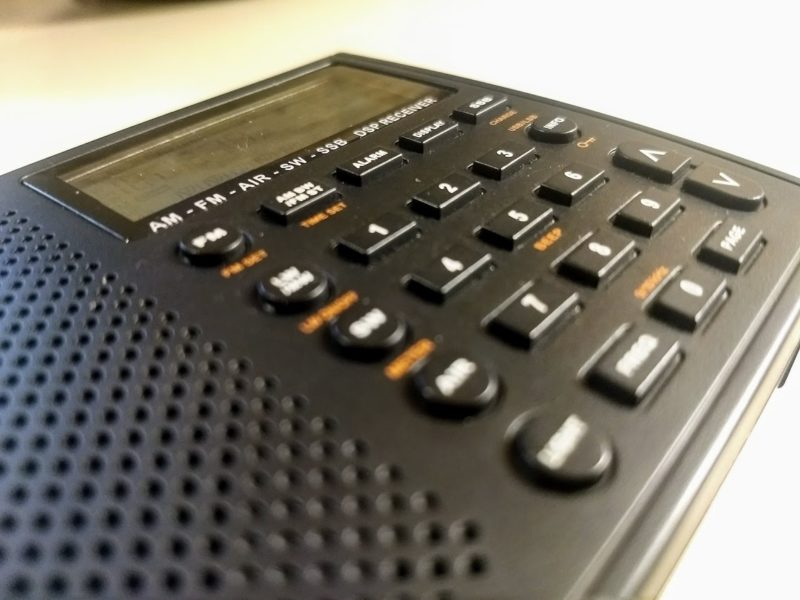 Many thanks to SWLing Post contributor, Dan Robinson, who shares the following guest post:
Many thanks to SWLing Post contributor, Dan Robinson, who shares the following guest post:
Big news in these days of declined shortwave
by Dan Robinson
It is rare — no super rare — that we get any good news these days about shortwave broadcasting. Remember the excitement a few years ago when Guinea returned to shortwave? Then, Nigeria returned but has now become worryingly intermittent.
Today, a station returned to shortwave, one that was absent for some time.
CFVP, the low power relay of 1060 kHz AM in Calgary, Alberta returned to 6,030 kHz with the help of amateur radio operators. The station had been off the air through 2019 — the last time it was reported was in late 2018 when it was relaying CKMX 1060 AM in Calgary.
According to a note posted on the World of Radio group:
“two engineers from Bell Media, Dale and Gerry, who are also hams, VA6AD and V6QCT respectively, rebuilt the transmitter (partially with ham radio parts) and repaired the connection to the antenna with a temporary matching network…the temporary matching network means that not all the 100 watts are going into antenna.”
According to Harold Sellers, who is acting as eQSL manager for the re-activated shortwave station, CFVP 6030 was back on the air as of 0900, though I was unable to hear it until later on June 19th. Best reception was via SDR sites in southern Alberta, northern Montana, Idaho and up in Edmonton, Alberta.
Programming consisted of straight comedy routines from Funny 1060 AM, the Calgary station that carries old recordings of standup comedians, with local IDs and ads mixed in every few minutes. I made a video showing CFVP reception on one of the SDR sites, changing between 6,030 kHz and 1060 kHz which was also audible at SDR locations.
Earlier this year, in March, DX’er Don Moman reported the following, which proved to be true:
” . . .They had a transmitter problem which has been fixed, but they have also identified an antenna issue. The problem [was] troubleshooting and testing the antenna and matching network in the point blank presence of a 50kw AM transmitter. Testing/ repair on CFVP radiator will be done when the 50kw signal can be powered down or off, to enable more accurate testing. Bell will not power down or shut down during ratings periods which are long and frequent. Having said that, repair will likely happen with the above taken into consideration, as well as warm weather. Best guess: Before next winter at the latest, this spring the earliest.”
In August, Harold Sellers reported that the ground at the base of the shortwave tower was under water, and that grounding rods and ground wire needed replacement, and later that the tower grounding had been replaced/fixed. The transmitter also had issues but was repaired and back out at the site.
I quickly sent a reception report to the email address provided by Harold Sellers, and was pleased to receive back a eQSL which Harold said was the second one sent out to those who heard the station on its re-activation day.
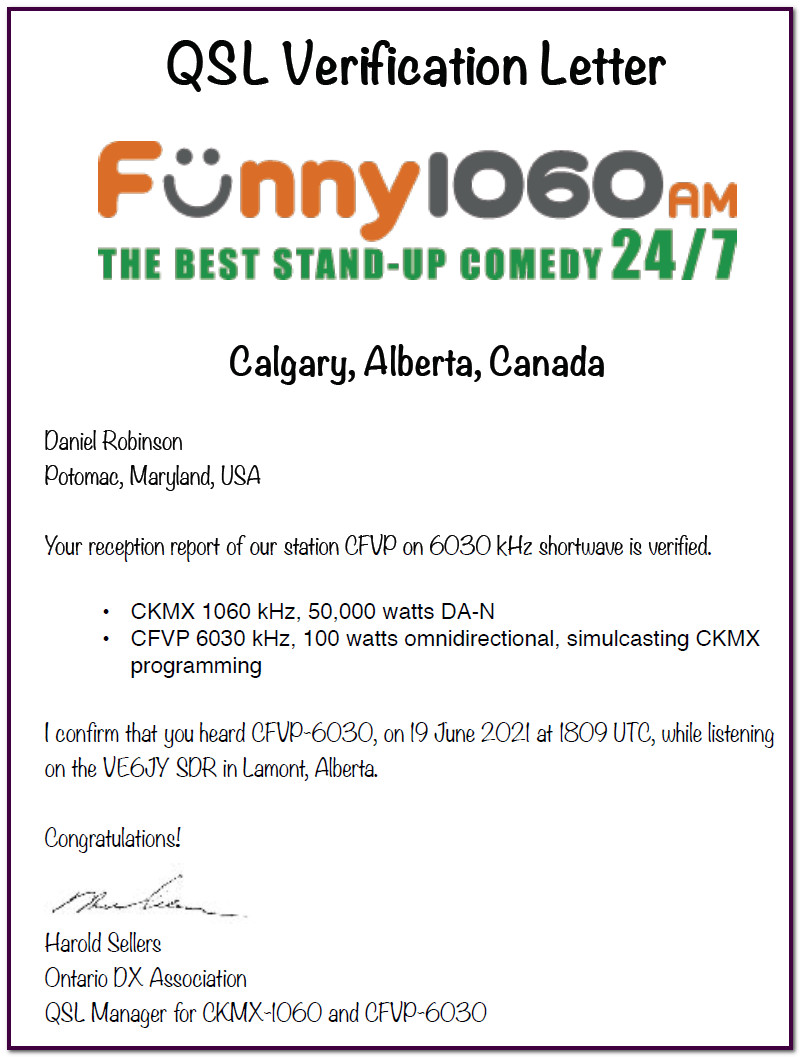
Those of us who began our listening in the 1960’s (some much earlier than that!) remember the great days when Canada had a number of regional stations on shortwave. QSLs from some of those, including a 1983 QSL from CFVP/Calgary, are attached to this article.


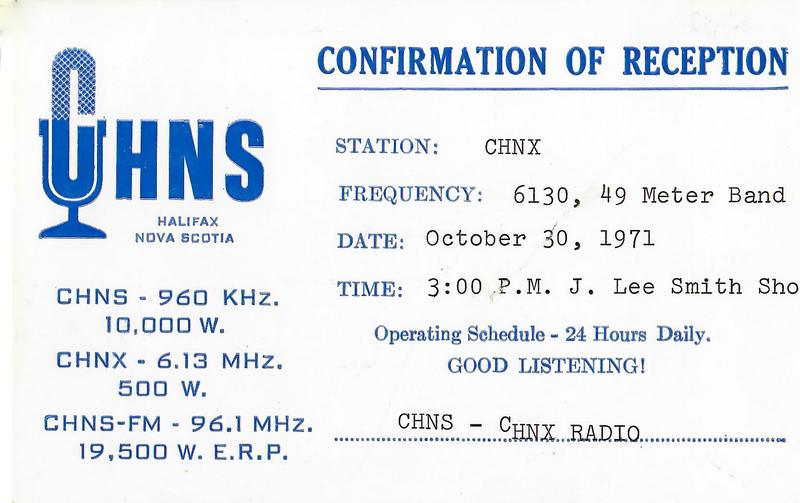
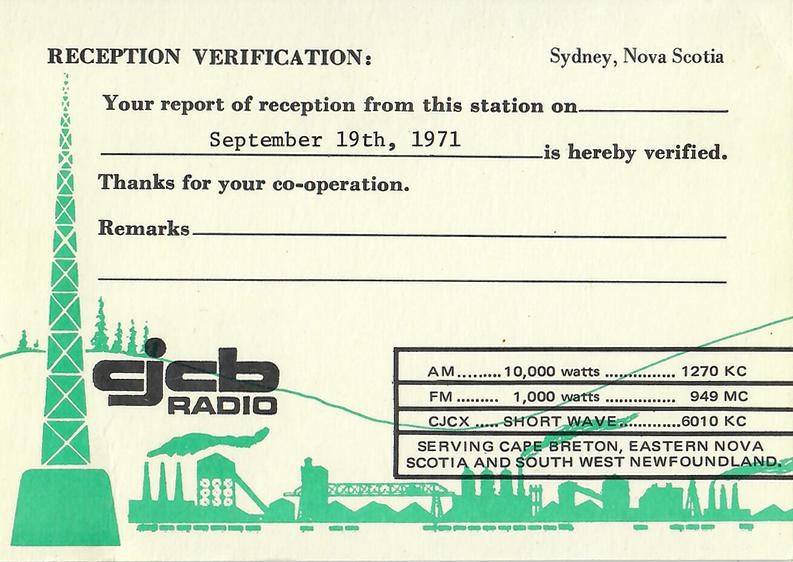
A screenshot of CFVP as it was being heard on reactivated 6,030 kHz is also shown.
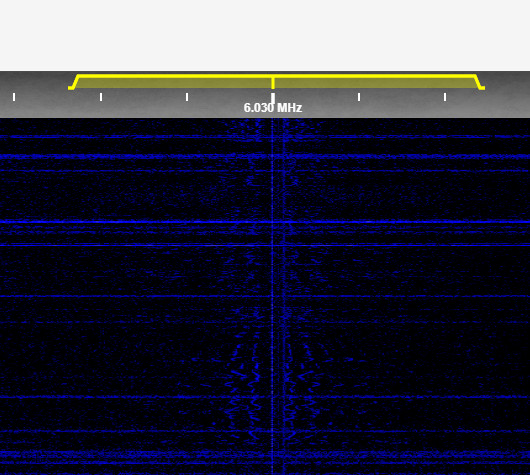
Interestingly, the Wikipedia listing for CKMX shows 6,030 kHz as being active — it’s not known, however, whether the Wikipedia listing was ever updated to note that 6,030 kHz was off the air for nearly 2 years.










